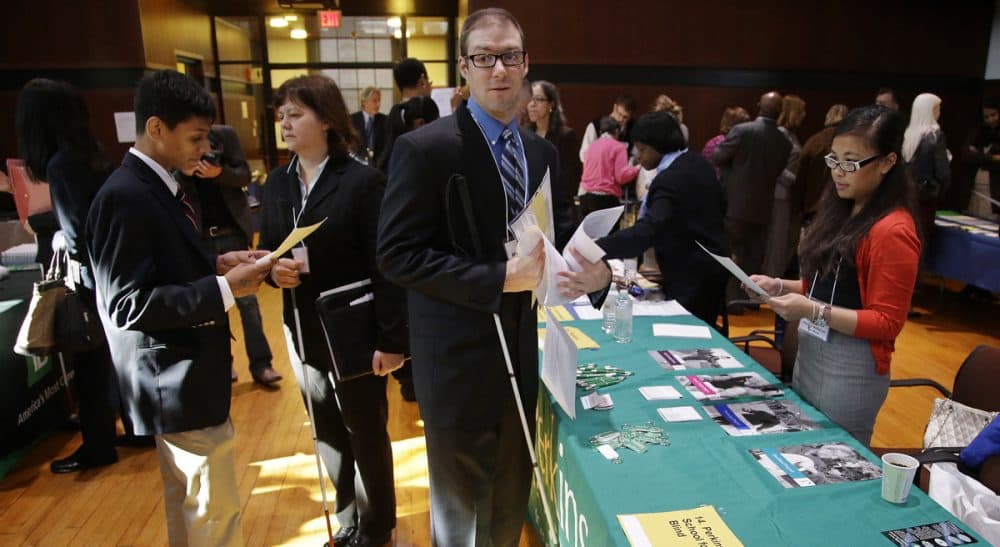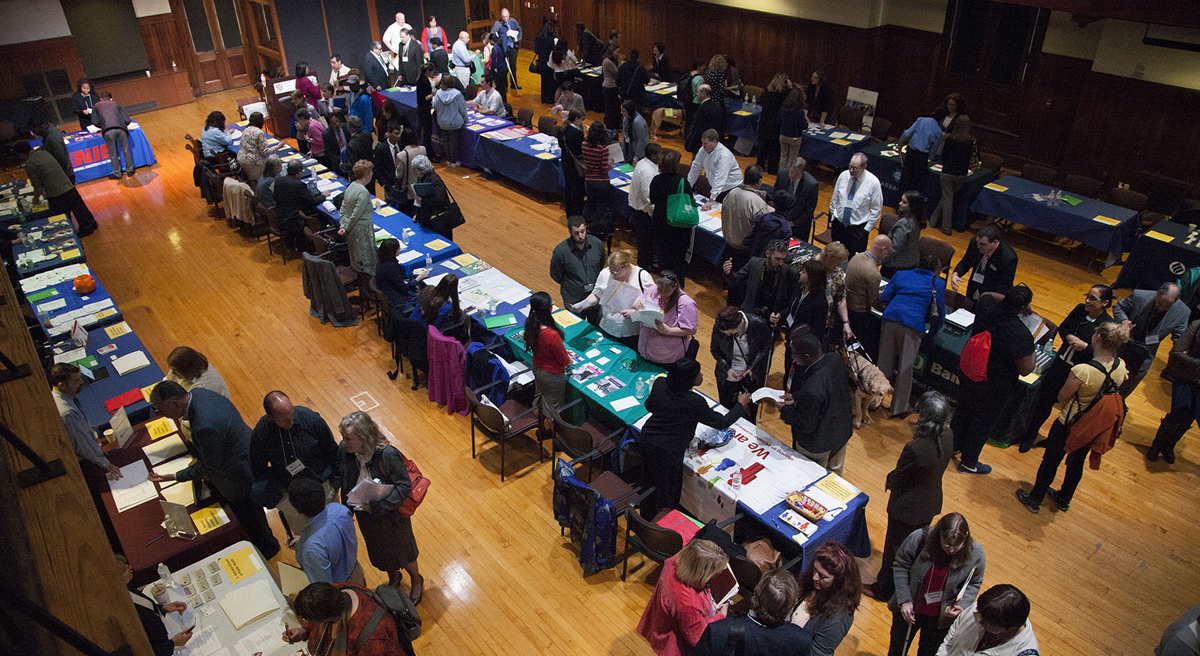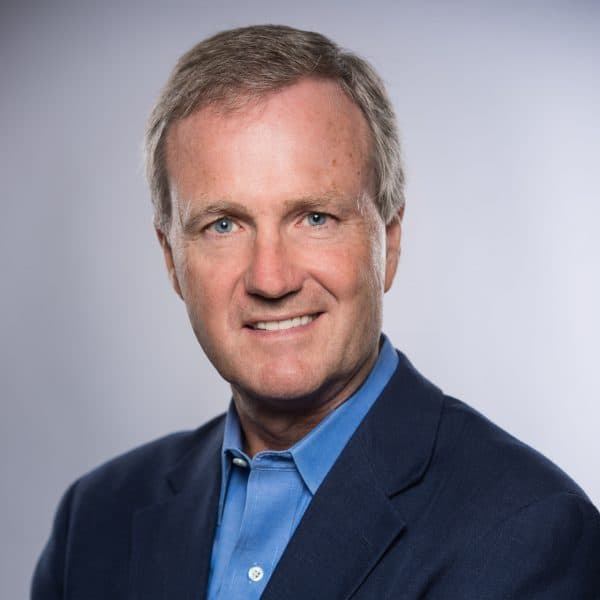Advertisement
Seeing Past Misconceptions To Recognize Potential: The Case For Hiring The Visually Impaired

A Zogby Analytics poll released in September shows that blindness is among Americans’ top four fears — right alongside cancer, Alzheimer’s disease and HIV/AIDS. This could be why, at time when unemployment is at its lowest level since July 2008 — 5.8 percent — the visually impaired have an unemployment rate of 75 percent.
...at time when unemployment is at its lowest level since July, 2008 -- 5.8 percent -- the visually impaired have an unemployment rate of 75 percent.
The commonwealth’s excellent public and private schools educate students who are blind or deafblind through age 22. As adolescents, these individuals are trained in daily living skills that will help them navigate the adult world independently. Many go to college. Then, just like other young adults, they go after that first job. They apply online, send out resumes and do initial interviews by phone, just like everyone else. However, many applicants report that when they show up for in-person interviews, and the hiring manager realizes that they are blind, they don’t get hired.
Managers fear that visually impaired workers will be a liability. In fact, studies have shown that the opposite is true. In 2013, a DePaul University study showed that there is less job turnover among blind workers and that they tend to take fewer sick days. In addition, a more diverse workforce affords more varied perspectives on confronting business challenges and solving problems.
Damaging misconceptions about blindness and the accompanying sky-high unemployment rate for the visually impaired have hung on stubbornly for generations. Now, Massachusetts is in a position to take the lead in turning the situation around. In November, Gov. Deval Patrick urged businesses and nonprofits to break down “barriers, including misperceptions of ability, inaccessible workplaces, and public attitudes [that] prevent adults who are blind or visually impaired from gaining meaningful employment.”

Many of the state’s top employers have pushed apprehensions aside and incorporated these qualified individuals into their staffs. Berklee College of Music not only welcomes students with visual impairments, but also employs a world-class producer/professor who is blind. Newton Public Schools has a long history of finding gifted professionals who are blind to teach and inspire students. Richard Curtis, State Street Corporation’s vice president of talent acquisition, has discovered that high-tech solutions make it easy for visually impaired workers to blend into the office environment. Whether it’s a bigger monitor for large text display, audio screen reader software, or utilizing off-the-shelf accessible technology, workplace adaptations are simpler and more cost effective than ever.
Curtis and other Bay State employers interviewed promising candidates at a Job Fair for Individuals with Visual Impairments in October. Hosted by the Radcliffe Institute and sponsored by the Massachusetts Commission for the Blind, the Carroll Center for the Blind, Spaulding Rehab and Perkins, the fair allowed employers to look past old notions to see a candidate’s outstanding credentials.
Ricardo Scarello, an experienced computer systems specialist and entrepreneur, attended the job fair, hoping it would be his foot in the door. Scarello has submitted countless resumes and gone on dozens of interviews since completing his bachelor’s degree in 2010. A husband and father, he took a break from the job hunt last summer to train with his first guide dog to further his independence.
What we need are Massachusetts employers with the vision and the will to jumpstart the economic contributions of this highly motivated and diverse pool of workers.
Scarello left the job fair optimistic about his prospects. Three prospective employers have reached out to him already. His success, and that of his peers, will depend not only on skills, training and perseverance, but also on the combined efforts of agencies and employers that recognize the advantages of tapping the rich resources of people who are blind.
The commonwealth has the resources, the technology and the creativity to knock down that 75 percent unemployment rate. What we need are Massachusetts employers with the vision and the will to jumpstart the economic contributions of this highly motivated and diverse pool of workers. I encourage companies to open the door to the computer expert who carries a white cane, the telemarketer who uses a magnifier, and the financial planner with a guide dog. Let’s give visually impaired people like Ricardo Scarello what they need to start solving problems for the Bay State: a job.
